Stephen Moss: The Surprising Stories Behind Bird Names
Dr Stephen Moss, Global Consultant, NETVUE Birdfy
Following my first blog, on how to identify your backyard and garden birds (posted September 2023), this month I’m taking a close look at the fascinating – but often confusing – topic of bird names.
One of the joys of using the Netvue Birdfy in your backyard or garden is that you soon get to know the regular visitors. Whether you are in the USA or Canada or, as I am, in the UK, you’ll enjoy seeing robins, blackbirds, warblers and sparrows.
But wait a moment – just because these birds have such familiar names, doesn’t mean they are the same species, or even from the same bird family.
Confused? Let me explain, and hopefully it will all become clear!

A final curiosity about English bird names is that because nearly all of them originated in the British Isles, where there is often just one species present from each family, single-word names such as Cuckoo, Wren, Swallow, Kingfisher and so on are often used without a qualifying adjective. In North America, however, where there are so many more species from each family, these would be prefixed by words to make Yellow-billed Cuckoo, Barn Swallow, Winter Wren, Belted Kingfisher and so on.

* Birdfy's AI service will help you identify and learn about different birds. Are you interested in unlocking a knowledgeable birdwatching experience? Shop Birdfy's collection now!
-
Same name, different family
Let’s start with one of our best-known and best-loved birds, the Robin. In fact this isn’t one species, but two: the American Robin and the European Robin.
The American Robin is one of the larger backyard visitors: 10 inches long, and weighing about 2.7 ounces. Its European namesake, however, is barely half the length, at about 5.5 inches long; and tips the scales at just two-thirds of an ounce – less than one-quarter of the weight of its American counterpart.


They look very different, too: the American Robin is a long bird, with a deep russet belly and breast and dark grey upperparts; the European Robin is short, plump and perky, with a brownish back and orange-red breast.


And that’s the clue to the confusion. When the Pilgrims landed in the New World in the autumn of 1620, they were exhausted, fed up and very far from home. When they saw a bird hopping about on the ground with a russet-red breast, they remembered a familiar bird from home, and gave it the name ‘robin’. Despite the fact that the American Robin is in fact a member of the thrush family (while the European Robin is an Old-World flycatcher), the name stuck!
The Robin isn’t the only New-World bird with an Old-World name. Take a closer look at those familiar visitors I mentioned earlier: blackbirds, warblers and sparrows. In Europe, the Blackbird is a large thrush – in fact it is a close cousin of the American Robin, and very similar in size and shape.
In North America, any species with ‘blackbird’ in its name – including the continent’s commonest bird, the Red-winged Blackbird – is a member of another large and varied family, Icteridae, which also includes orioles, cowbirds, grackles and even meadowlarks (which are not at all closely related to the Old-World family of larks).


Once again, homesick British settlers saw birds that had a dark black plumage and looked superficially liken the familiar Blackbird of home, and used the same name.


Exactly the same process happened with two families of small, insectivorous, and mostly migratory birds, which are known as ‘warblers’. Most species spend the winter far to the south (those breeding in North America head to Central and South America, while British and European species head to Africa).
The name ‘warbler’ originated in Britain, where a group of very similar-looking and tricky to identify birds are often distinguished from one another by their melodic and very distinctive songs. In North America, the same name was given to more than fifty different kinds of small, colourful birds in the family Parulidae, known as ‘wood-warblers’, most of which bear the word ‘warbler’ in their name.
In Britain, many species are named after their habitat – the place where they either live, or are supposed to live: examples include the Willow, Wood, Reed, Marsh and Sedge Warblers. That’s because their plumage differences are often so small they cannot always be told apart by field marks.

In North America, by contrast, warblers are usually colourful birds, with quite distinctive plumages: hence they are often named after their appearance. Examples include Yellow, Black-and-white, Bay-breasted, Black-throated Green and Black-throated Blue Warblers, and of course Yellowthroat.


In North America, by contrast, warblers are usually colourful birds, with quite distinctive plumages: hence they are often named after their appearance. Examples include Yellow, Black-and-white, Bay-breasted, Black-throated Green and Black-throated Blue Warblers, and of course Yellowthroat.

The third group of birds, which come from a different family but share the same name, are the sparrows. There are more than thirty different North American birds with ‘sparrow’ in their name: and all but one of these are actually members of the family Emberizidae.
In Britain, these are known as buntings (from an ancient word meaning ‘little plump thing’) and include the Snow Bunting, also found in North America.
The one exception is, of course, the House Sparrow. This species originated in the Old World, and when human beings first started to settle down and farm the land, roughly 12,000 years ago, it learned to live alongside us, feeding on grain and insects and making its nest inside our homes and other buildings – hence its name.
House Sparrows are clever and resourceful birds, and have managed to spread around the world, either by accident or design. They first reached North America in 1851, when birds from Europe were deliberately released in Brooklyn, New York City. By 1900, they had spread west to reach the Rocky Mountains, and today they are found across the whole of temperate North America, from Mexico, throughout the USA, to Canada.


Even more confusingly, a handful of backyard and garden birds have different names, but actually come from the same family as their European counterparts. These include chickadees (known as tits in the UK), kinglets (crests) and creepers (treecreepers). And just as British English and American English sometimes use different names for the same thing – for example elevator and lift, faucet and tap, sidewalk and pavement – so the same bird families sometimes have different names on either side of the Atlantic: these include loons and divers, jaegers and skuas.


-
Same family, same name
Not all the birds that visit backyard bird feeders in the USA and Canada, and come to garden bird feeders in the UK, are from different families. Thrushes, woodpeckers, nuthatches, wrens, finches, jays, and pigeons and doves are all families that have spread right across the northern hemisphere (as are some that don’t visit bird feeders, such as owls, swifts, swallows and martins).
These mostly spread out from the Old World to the New, but in one case – the Wrens – went in the other direction (the Eurasian Wren is the only member of its 90-strong family found in Britain and Europe).

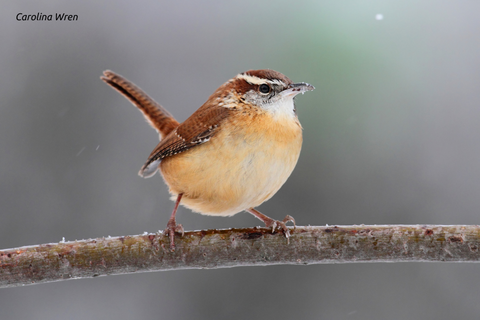


The big difference is numbers of species: while North America has 14 members of the thrush family, 22 woodpeckers, 4 nuthatches, 10 wrens, 21 finches, 10 jays, and 13 pigeons and doves, Britain has just 5 thrushes, 3 woodpeckers, 1 nuthatch, 1 wren, 15 finches, 1 jay, and 5 pigeons and doves. Partly that’s down to the huge difference in our relative land area; and also because Britain is an island, so several species found on mainland Europe never made it across the English Channel.




And finally, there are some species that are found only one side of the Atlantic, but never (or at least very rarely) on the other.
In North America, these include hummingbirds, vireos, gnatcatchers and tanagers; in Britain and Europe, accentors (such as the Dunnock) and wagtails.




How did Birds get their Names?
You might by now be wondering how our familiar backyard and garden birds got their names in the first place? Well, most of them were named by ordinary people (hence the phrase ‘folk names’), and later on, scarcer species were named by professional scientists, naturalists or ornithologists.
Broadly, English bird names fall into seven different (and sometimes overlapping) categories:
-
Birds named after the sound they make
-
Birds named after their colour or shade
-
Birds named after their pattern or plumage feature
-
Birds named after their habits or behaviour
-
Birds named after the place where they live (habitat)
-
Birds named after the location where they were first discovered
-
Birds named after people (also known as eponyms)
Examples of each category are:
-
Sound: Whippoorwill, Chickadee, Pewee (US); Chiffchaff, Cuckoo, Kittiwake (UK)
-
Colour or shade: Scarlet Tanager, Purple Martin, Yellow Warbler (US); Blue Tit, Greenfinch, Grey Wagtail (UK)
-
Pattern or plumage feature (often including a colour or shade): Yellow-rumped Warbler, Bay-breasted Warbler, Tufted Titmouse (US); Crested Tit, White-fronted Goose, Blackcap (UK)
-
Habits: woodpeckers, nuthatches, creepers (both US and UK)
-
Habitats: Sedge Wren, Mountain Bluebird, Waterthrush (US); Sedge Warbler, Marsh Tit, Rock Pipit (UK)
-
Kentucky Warbler, California Gnatcatcher, Nashville Warbler (US); Dartford Warbler, Kentish Plover, Sandwich Tern (UK)
-
Bachman’s Sparrow, Lucy’s Warbler, Brewer’s Blackbird (US); Bewick’s Swan, Cetti’s Warbler, Montagu’s Harrier (UK)

A final curiosity about English bird names is that because nearly all of them originated in the British Isles, where there is often just one species present from each family, single-word names such as Cuckoo, Wren, Swallow, Kingfisher and so on are often used without a qualifying adjective. In North America, however, where there are so many more species from each family, these would be prefixed by words to make Yellow-billed Cuckoo, Barn Swallow, Winter Wren, Belted Kingfisher and so on.

If you want to know more about the fascinating and complex history of bird names, do read my book Mrs Moreau’s Warbler: How Birds got their Names, published by Guardian Faber and available in the USA, Canada and the UK.
Bird Names – Fun Facts!
North American Names
- Catbird – comes from the bird’s mewing call, which sounds very like a domestic cat! In fact, the bird is a member of the mockingbird and thrasher family.
- Mockingbird – the mockingbirds are amongst the world’s best avian mimics, able to imitate the songs of many other species.
- Kingbird – kingbirds are named because they are so aggressive – they are in the tyrant-flycatchers family Tyrannidae (from the Latin meaning ‘tyrant’).
- Chuck-will’s Widow – a member of the nightjar family, Caprimulgidae; this and its cousin the Whip-poor-will are named after their haunting calls.
- Parasitic Jaeger – known in Britain as the Arctic Skua, this relative of the gulls is known for its habit of stealing food from other birds – which scientists call ‘kleptoparasitism’. ‘Jaeger’ comes from the German word for hunter.
- Skimmer – the only birds whose lower mandible (the bottom half of their bill) is longer than the top one, they are named from their habit of dipping this into the water as they fly, and snapping it shut to catch fish on the surface.
- Peregrine Falcon – the name (often shortened simply to ‘Peregrine’) comes from a Latin word meaning ‘to wander’, and describes the bird’s tendency to fly long distances when hunting.
- Spoonbill – from the unusual, spoon-like shape of the bird’s bill; this species was also once called the ‘shoveler’ (now the name for a species of duck) because of its feeding habits.
- Roadrunner – named for its habit of running fast along roads, and made famous by the cartoon version. Originally from the Spanish correcamino– which means exactly the same!
- Waterthrush – two species of wood-warblers (Louisiana and Northern) named after their thrush-like spotted breast and because they live alongside rivers and streams.
British Names
- Cuckoo – named after the distinctive two-note call of the Common Cuckoo, a classic sign of spring in Britain and Europe.
- Robin – actually a nickname (after the diminutive for Robert), which ended up being more popular than the original name of ‘Redbreast’.
- Yellowhammer – nothing to do with tools, this derives from the German word for bunting, and was originally ‘Yellow-ammer’.
- Redstart – ‘start’ derives from the Anglo-Saxon word ‘steort’ meaning tail – referring the bird’s distinctive orange-red tail.
- Chiffchaff -like the name ‘cuckoo’, this refers to this tiny warbler’s distinctive two-note call.
- Puffin – meaning ‘little fat thing’, this was originally given to the young Manx Shearwater, which were harvested for food and oil; hence the shearwater’s scientific name is Puffinus puffinus!
- Stonechat – named after its distinctive call, which sounds like two pebbles being knocked together.
- Crossbill – named after its unique bill, whose two mandibles cross over one another to enable the bird to open pinecones for the seeds inside.
- Redpoll – after an archaic word for ‘head’, as in ‘poll tax’.
- Nuthatch – nothing to do with laying eggs – this comes from an old word meaning to ‘hack’ (as in ‘hatchet’) from the bird’s habit of using its powerful bill to open nuts.

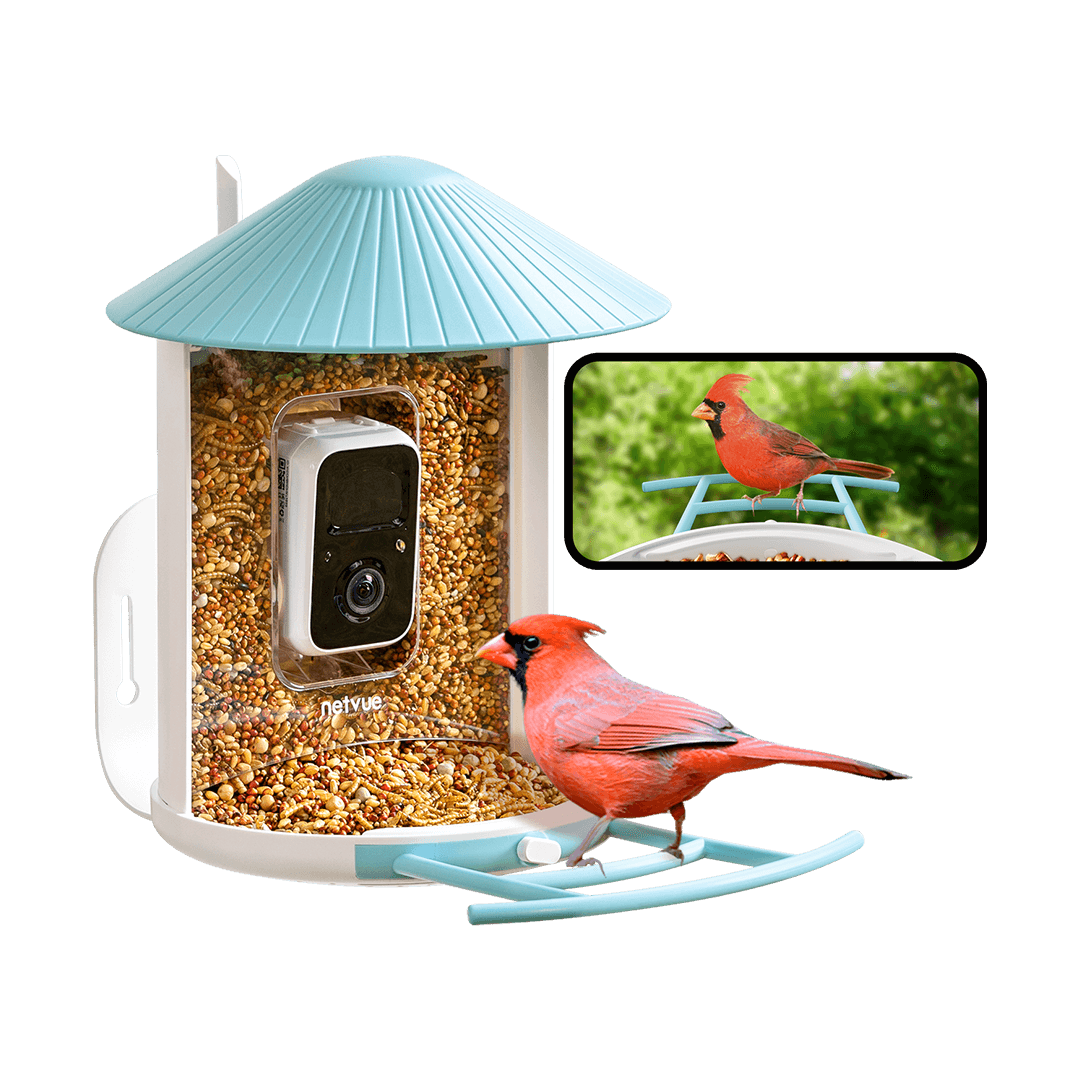
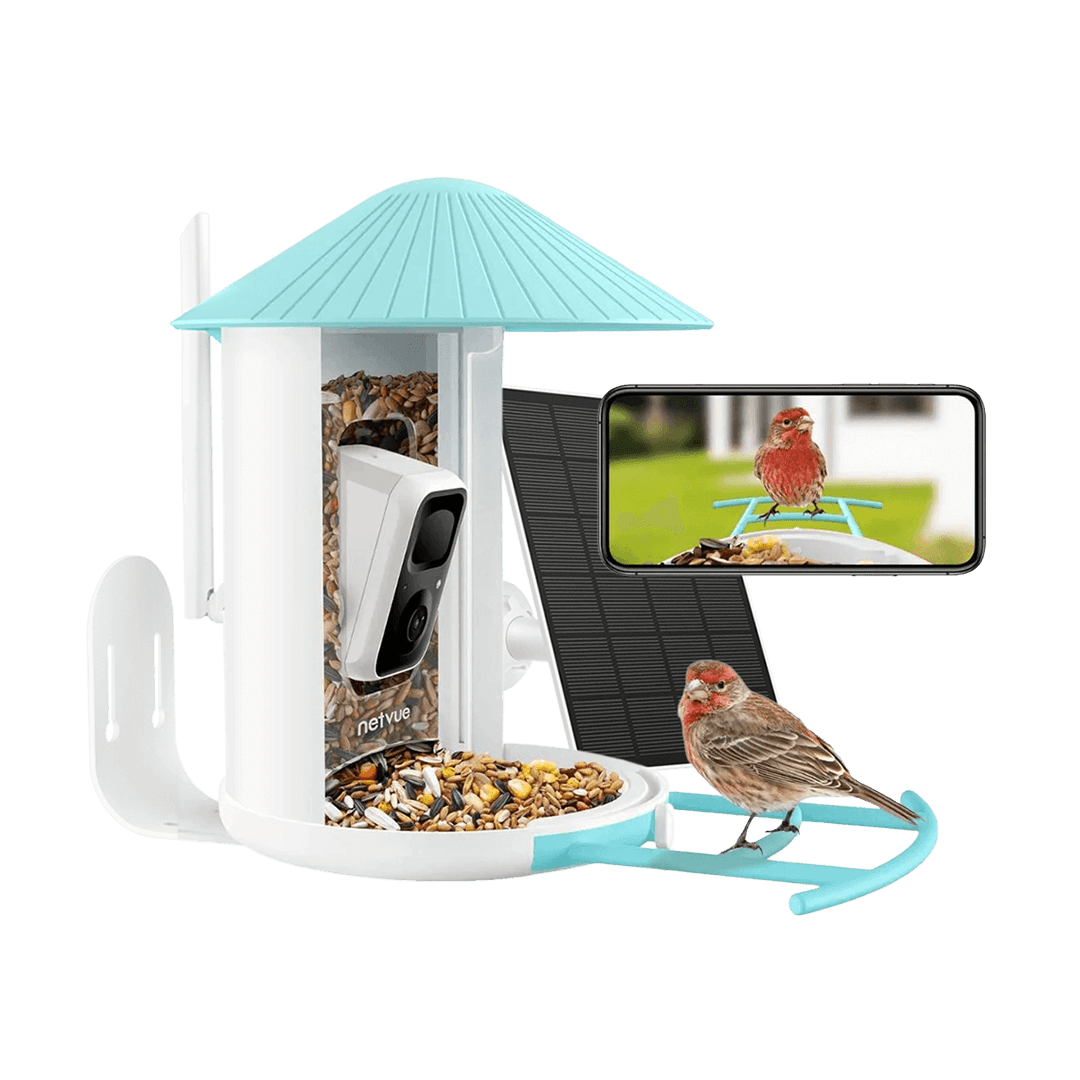


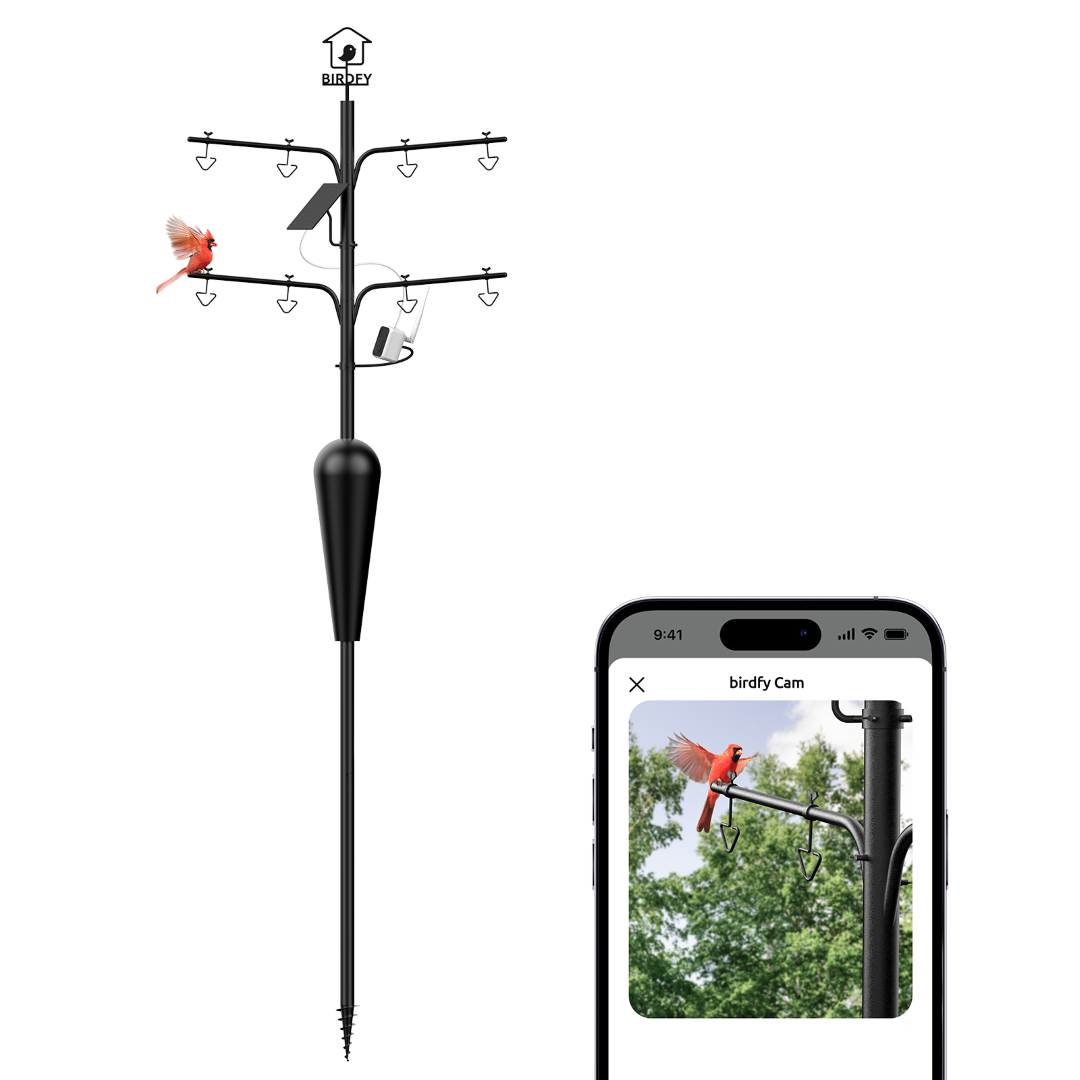
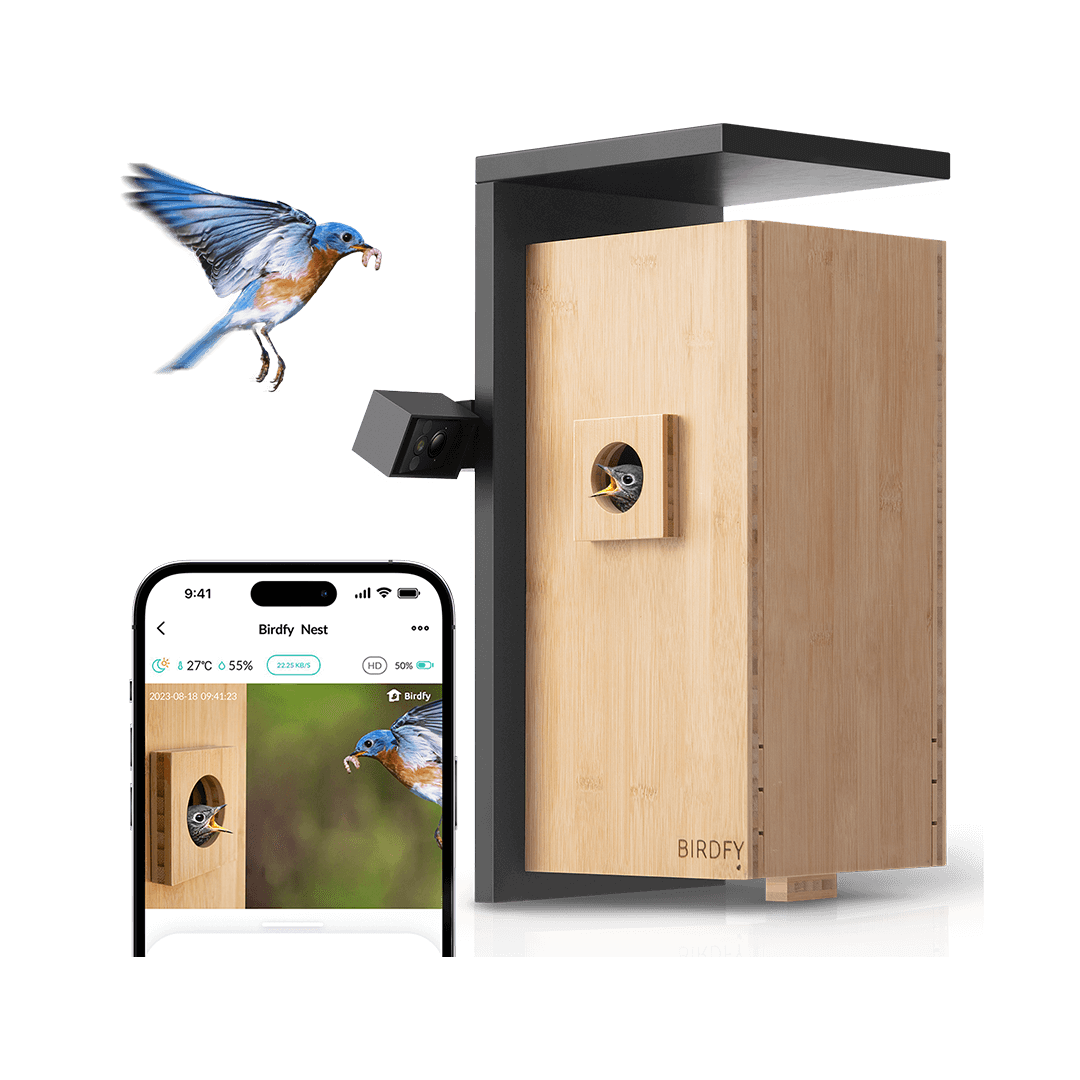
Comments
Kim Lang said:
A very interesting and informative article. It answers many questions I have had over the years about just how some birds were named. The historical aspect of it dating back to the early settlers is fascinating.